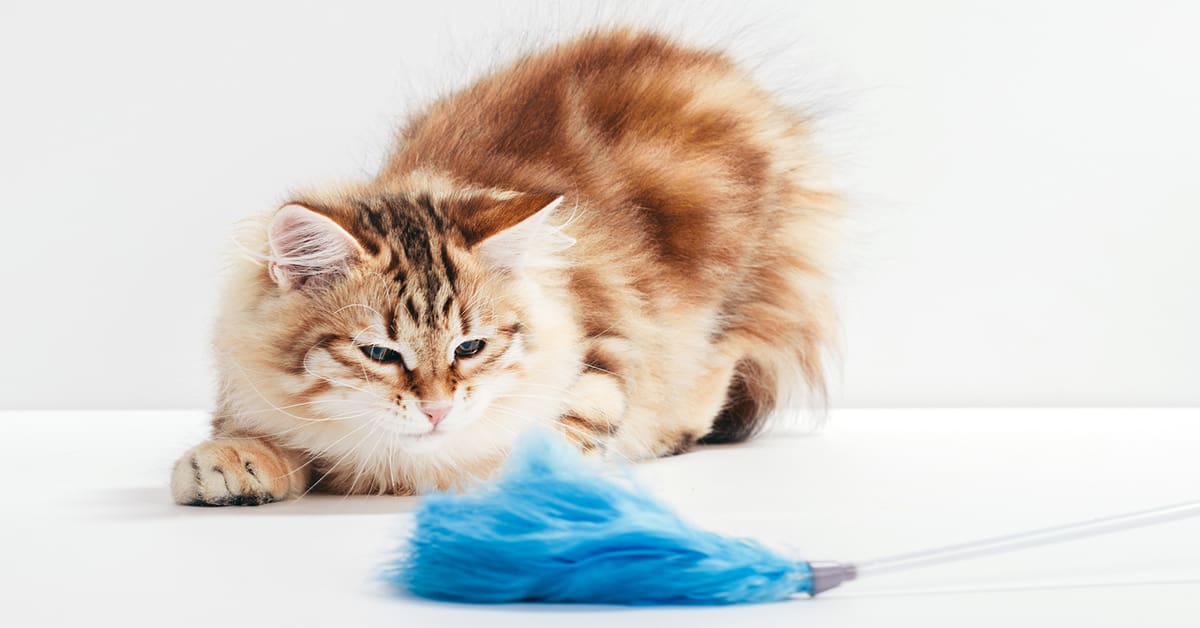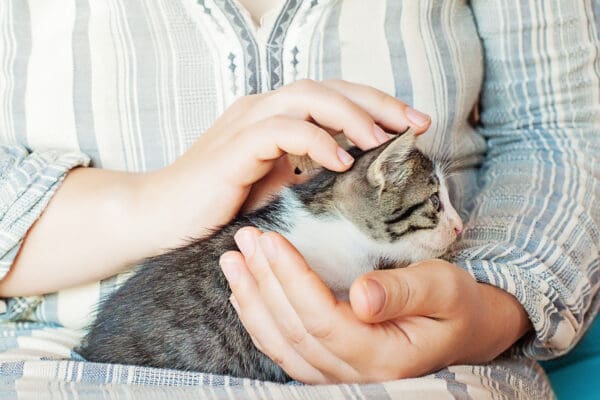Cats have a language, and that language consists of meowing. However, you may not know cats meow primarily to humans, not other cats. Although a cat may meow to another cat, they typically use body language to communicate with each other. Cats make a lot of different sounds when it comes to communicating with us, so it’s no wonder that deciphering what they mean may be a challenge. Here is some insight into how cats communicate with us through sounds and body language.
Basic Meowing
Cats meow, we know that. However, the reason they meow may vary depending on the situation. The most common form of cat communication is usually due to your cat trying to get your attention. This may be for a friendly greeting, letting you know they are hungry, or about other concerns. Body language can help us recognize what they are trying to tell us. For example, if a cat meows and rubs against you, it might mean they’re happy to see you. Or, if a cat is meowing, looking up at you, and pacing, it may mean they want something more urgent, like food.
Yell Meowing
Also known as meowling, cats sometimes raise their voices when they meow, just like us. And like us, it usually means that they are stressed or in pain. Yell meows are usually loud, short meows that can be heard from a considerable distance. If you hear this from your cat, the best thing to do is go check on them. It might just mean they miss you, so seeing you may just be an easy fix to their trouble.
Purring
Another well-known method of cat communication is purring. Cats typically purr when they are happy, which is one way of showing their love when they are with us. However, purring can also be a sign of anxiety for a cat. A cat may be seen purring when anticipating lunging at its prey. Some also believe a cat’s purr is a way to help them relieve their pain.
Hissing
Hissing is another way cats can communicate with us. One of the most common times you’ll see a cat hiss is when they feel they are being challenged. Whether they feel threatened by another cat or another animal, a cat hisses to let the challenger know they are ready to fight. Seeing a cat put their ears back is another sign they are ready to brawl. If you encounter a cat hissing, especially a cat you don’t know, give it space.
Happy Body Language
Cats use many forms of body language to show that they’re happy. Cats commonly show they’re happy and feel safe when they close their eyes. Animals usually don’t close their eyes unless they’re currently somewhere they don’t feel threatened. Cats also won’t lie down unless they’re somewhere they feel safe, as they want to be able to move quickly if needed. If a cat exposes its stomach, that is the ultimate sign of happiness and security, as a cat’s stomach is sensitive, and it usually doesn’t like that area being touched. Another sign is when a cat lays forward, raises their backside, and wiggles around, meaning they are looking for a more playful pounce. They may still use claws, so be careful!
Unhappy Body Language
Cats using unhappy body language might be a little easier to understand. Cats are very timid animals, so one of their most common reactions to situations they dislike is to hide. If a cat is hiding from distress, you should leave them alone unless it pertains to their health, or they could be at risk. Another common way to recognize if a cat is unhappy is to look at its tail. Three tail behaviors that point towards unhappy cats are flicking tail tips, cat tail fur being frayed, or hiding their tails. Cats recognize their tails are fragile and will hide them when they are uncomfortable.
Though cats tend to have predictable behavior, you can never be too sure about what your cat is truly trying to say. If you are unsure if your cat is happy or healthy, consult a professional. Here at Cascade Kennels, we are experts in cat communication. When you leave your cat with us, we’ll be able to recognize your cat’s behavior and handle them with the utmost care.




